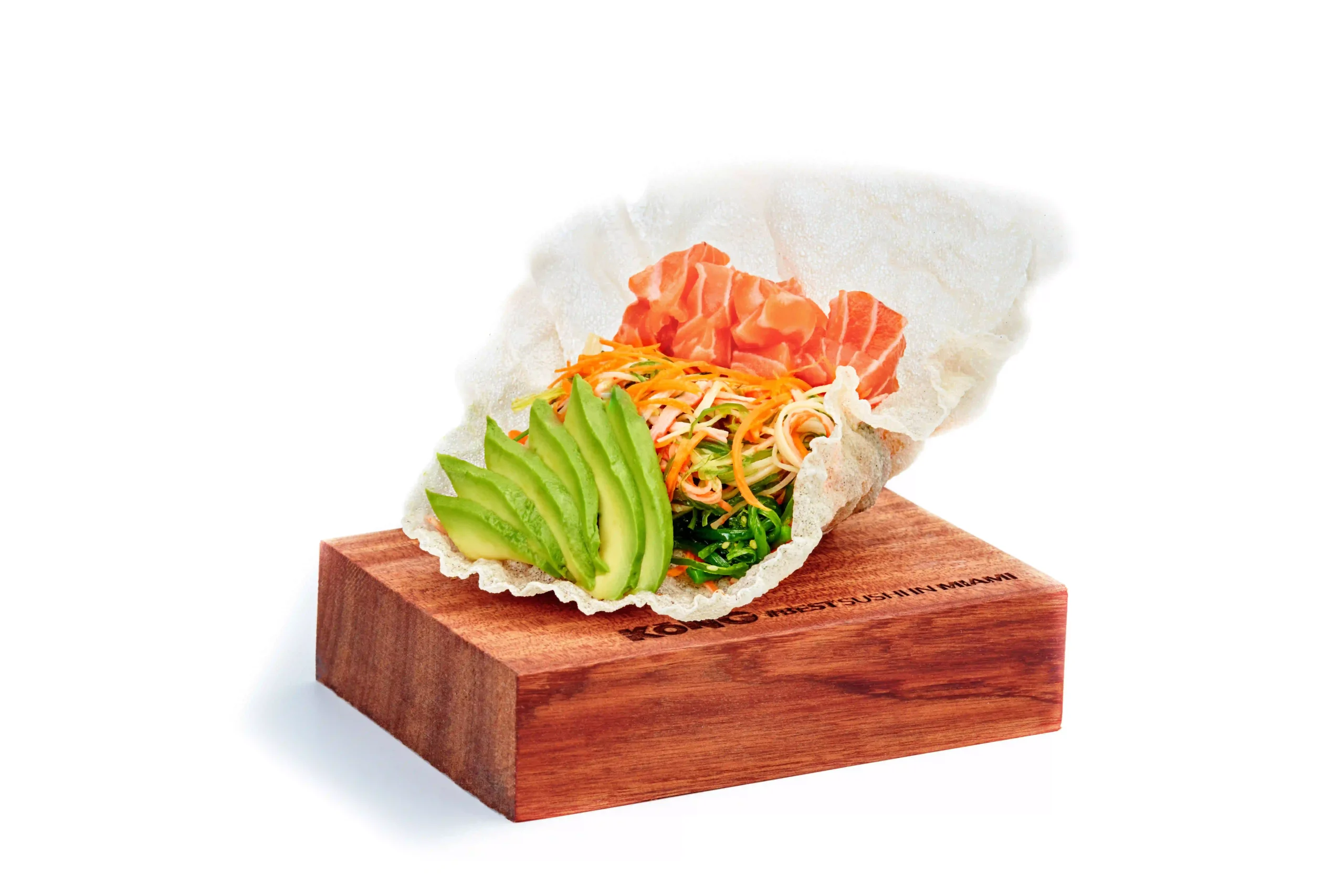A Feast for the Eyes and the Taste Buds
Sushi is more than just food — it’s a living art form. From the precise cuts of fresh fish to the delicate placement of each ingredient, sushi chefs bring skill, patience, and passion to every creation. Beyond flavor, sushi captures the eye with its elegance. Bright colors, balanced shapes, and careful symmetry come together to create dishes that look as extraordinary as they taste.
In recent years, sushi has become a true canvas for creativity. Chefs blend tradition with modern design, turning simple rolls into visual masterpieces. A playful shape or a bold splash of color can transform a plate, showing how food can be both delicious and inspiring. This harmony of technique and imagination is what makes sushi art so special.
The Origins of Sushi: Where Tradition Meets Craft
Sushi’s story begins centuries ago in Japan. It originated as a way to preserve fish with fermented rice. Over time, it evolved into one of the world’s most admired and visually stunning cuisines. What was once a preservation method is now an elegant dish served in fine restaurants by chefs who dedicate years to perfecting their craft.
This respect for tradition remains strong. Even the simplest nigiri or maki roll reflects heritage — from the feel of the rice to the angle of each slice. Every motion, from the cut of the knife to the gentle molding of rice, carries both skill and history. That balance of old and new forms the foundation of sushi art, allowing innovation while honoring its roots.
The Sushi Chef: Artist in the Kitchen
In Japan, the itamae — or sushi chef — is often seen as an artist. Becoming one is not just about slicing fish or rolling rice. It begins with humble tasks like washing rice or watching the master at work. This slow, deliberate training builds skill and deep respect for the craft.
Once mastery grows, creativity takes center stage. Chefs think about color, texture, and balance as a painter would approach a canvas. Seasonal ingredients inspire new ideas, while presentation tells a story. In sushi art, a chef is not only a master of taste but also a creator of visual beauty.
Color and Contrast: A Chef’s Palette
Color plays a vital role in sushi’s appeal. The bright orange of salmon, the ruby red of tuna, and the crisp green of avocado bring natural vibrance to the plate. Chefs use these hues to create contrast — pairing vivid roe with pale rice, or adding wasabi leaves for a fresh pop of green.
Colors do more than decorate; they signal freshness, seasonality, and harmony. A roll with pink fish, white rice, and dark seaweed offers variety both to the eye and the palate. This careful use of color turns sushi into an experience that blends sight and taste.
Shapes and Symmetry: The Beauty of Balance
In sushi art, form matters as much as flavor. Years of practice go into shaping rice, slicing fish, and arranging toppings. The goal is symmetry — a sense of calm and order that pleases the eye. Whether it’s a perfect maki roll or neatly placed nigiri, every piece is designed for balance.
Some chefs go further, shaping sushi into flowers, animals, or geometric designs. Even in playful presentations, structure remains. Sushi art values control and precision, reflecting Japan’s love for detail and simplicity.
Texture and Layers: A Visual Taste
Texture adds another dimension to sushi’s artistry. The glossy sheen of raw tuna, the sparkle of roe, the crunch of cucumber — each element appeals to the eyes before the first bite. Layering ingredients, as in a rainbow roll, creates depth and variety. Garnishes like sesame seeds or tempura flakes add both texture and visual interest. Every detail enriches the dining experience.
Nature as Inspiration
Sushi is rooted in nature. The ocean provides its core ingredients, but chefs also draw from flowers, leaves, and landscapes for design ideas. Plates may resemble blooming gardens or flowing rivers. Working with seasonal and local produce keeps sushi art connected to sustainability and respect for the environment.
Tools of the Trade
Behind the artistry are tools that demand skill. A sharp knife changes the texture of fish with each cut. Bamboo mats shape rolls, and rice paddles ensure perfect portions. Even the motion of a chef’s hand can influence the final look. Each step is deliberate, blending function and beauty.
Sushi in the Modern World
Social media has given sushi art a global audience. Instagram and TikTok showcase creations from around the world, inspiring chefs to push boundaries with colors, shapes, and flavors. Global influence has brought tropical fruits, spicy sauces, and plant-based options to the sushi scene. While traditions remain, fusion styles are thriving.
The Sushi Experience
Eating sushi is more than a meal — it’s a moment to savor. The vibrant colors, precise presentation, and rich flavors invite you to slow down and appreciate every bite. Sushi art tells a story of culture, craftsmanship, and creativity.
If you’re in Miami, Sushi KONG brings this experience to life. Our chefs blend tradition with innovation, crafting dishes that delight both the eyes and the palate. From bold rolls to elegant presentations, each plate is a celebration of flavor and artistry. Explore our menu and see why Sushi KONG is Miami’s destination for sushi lovers.




